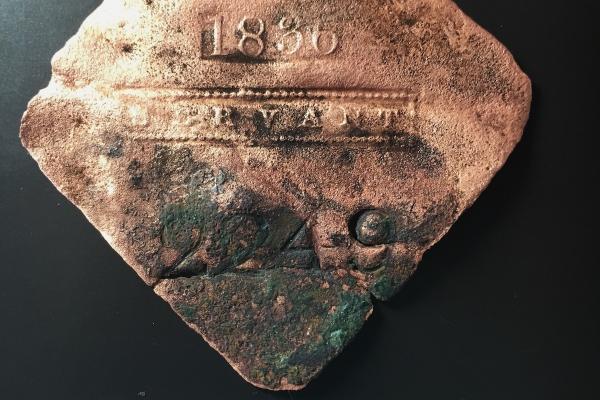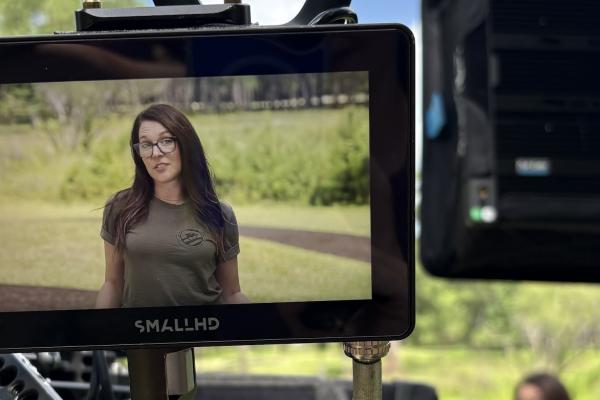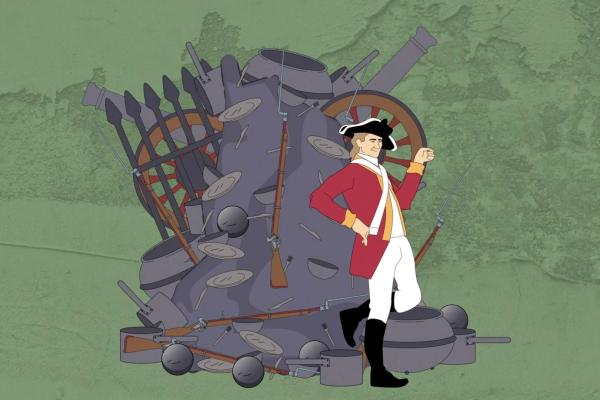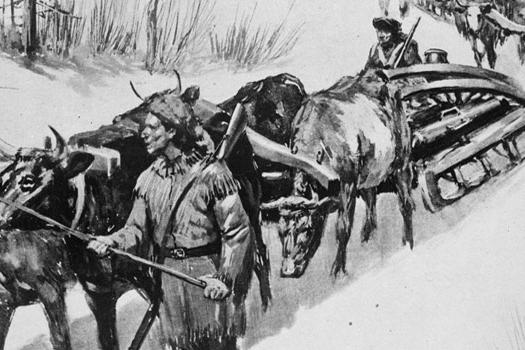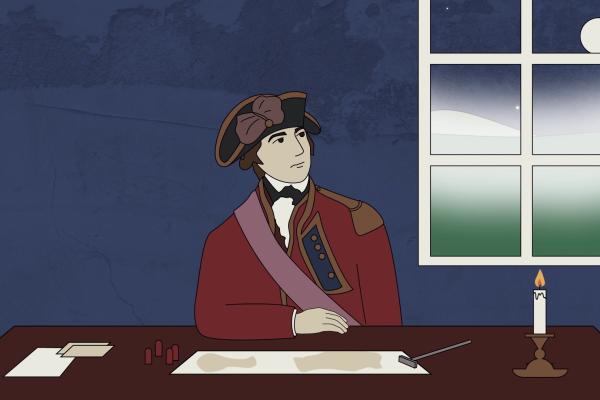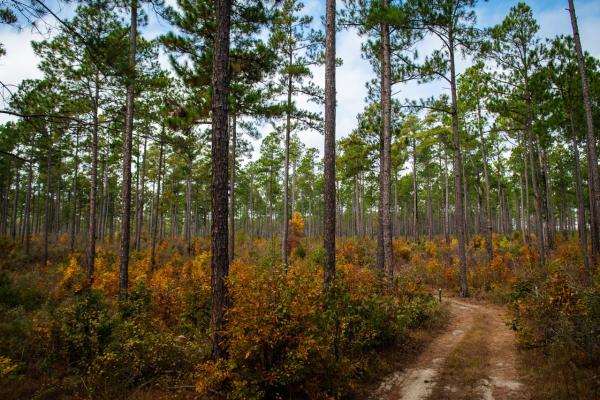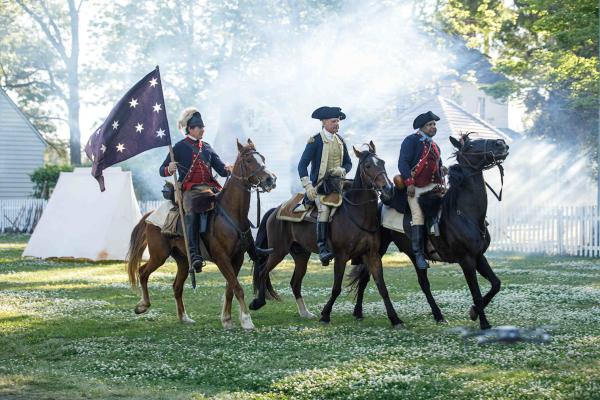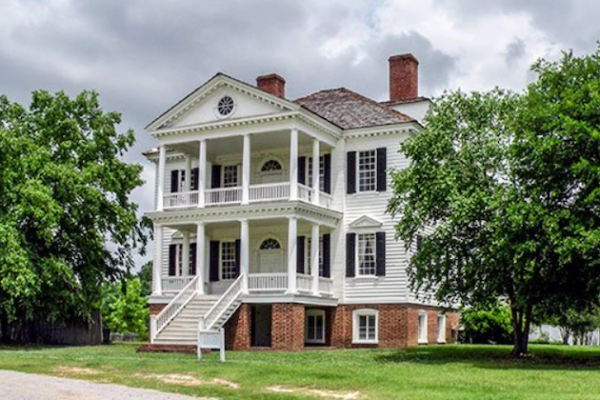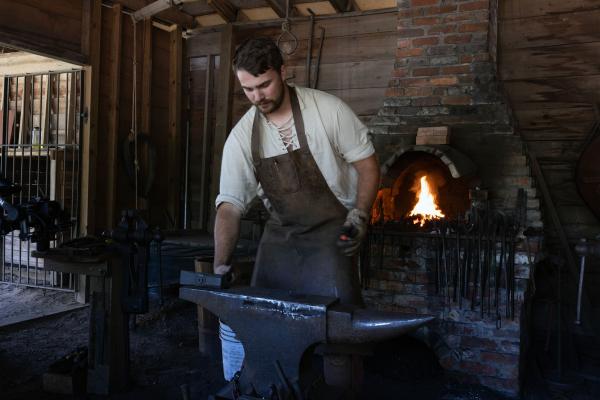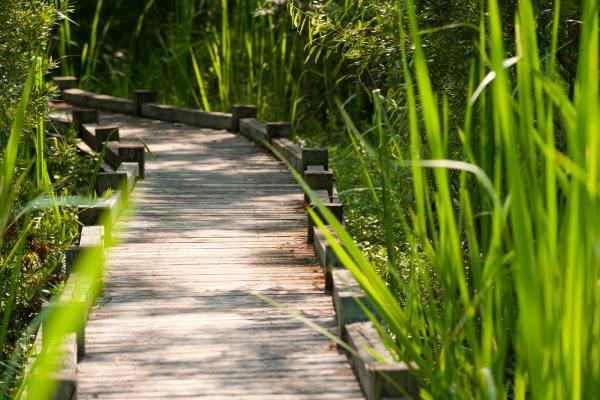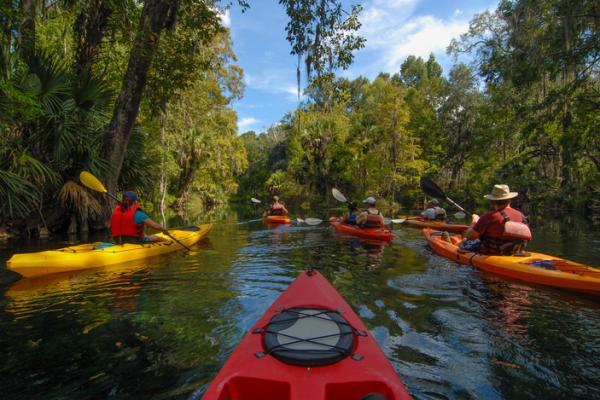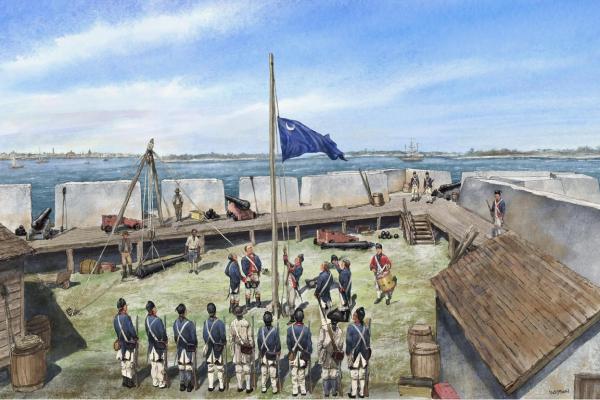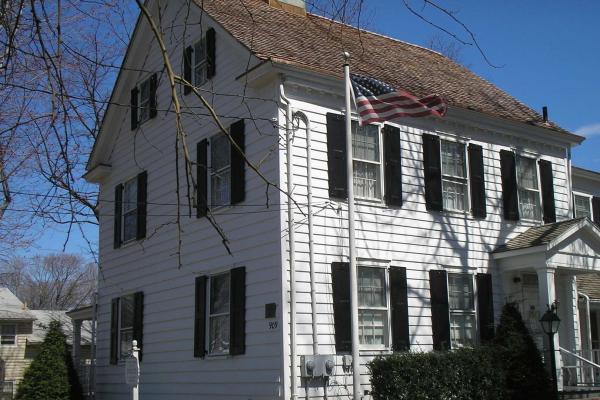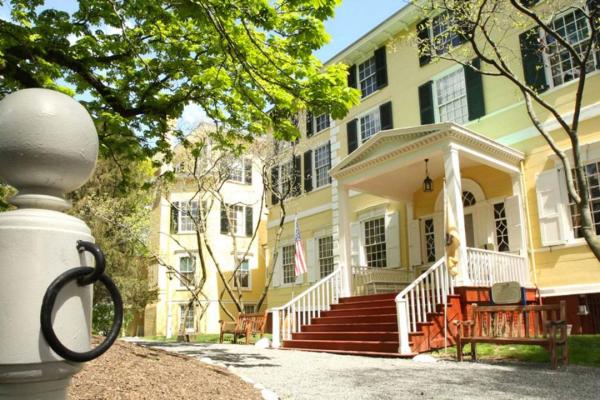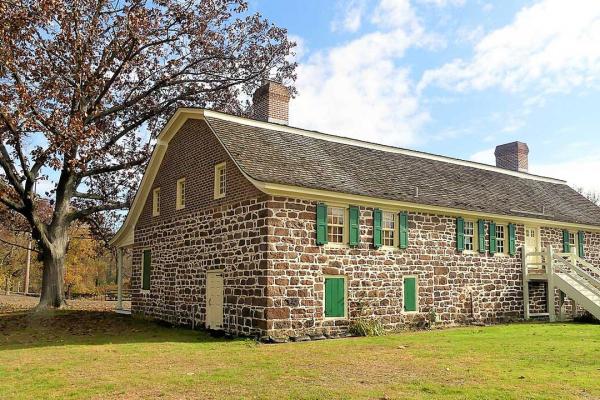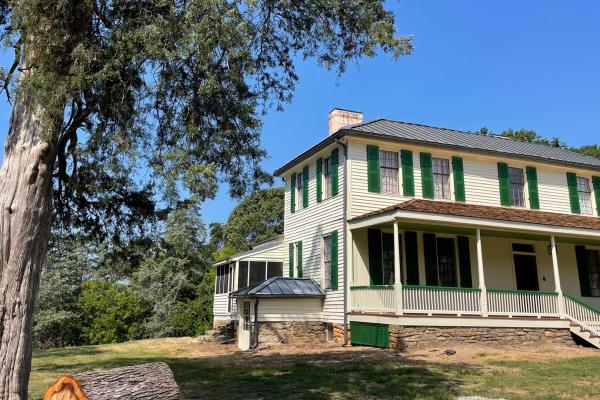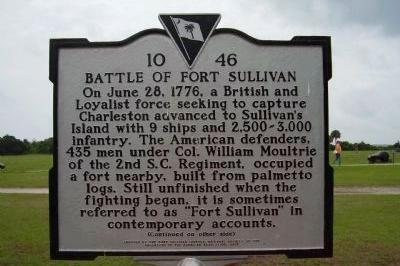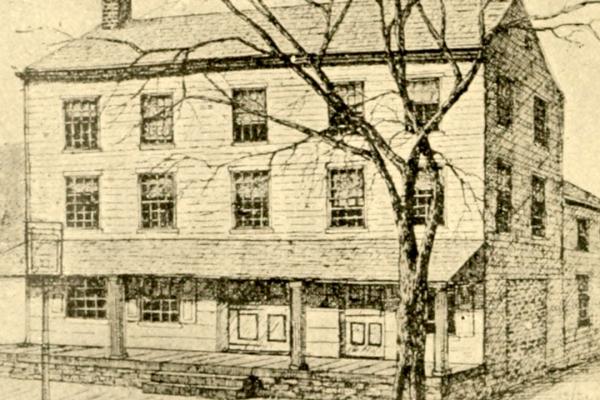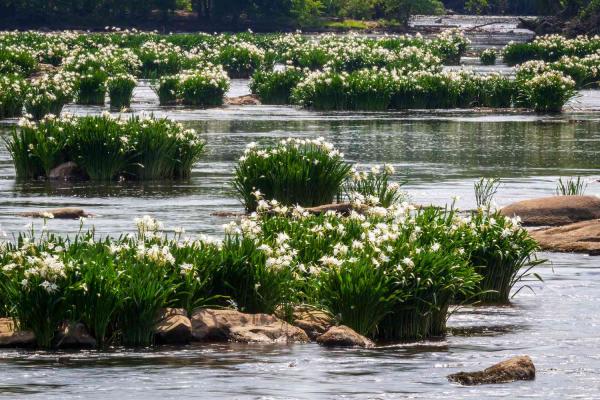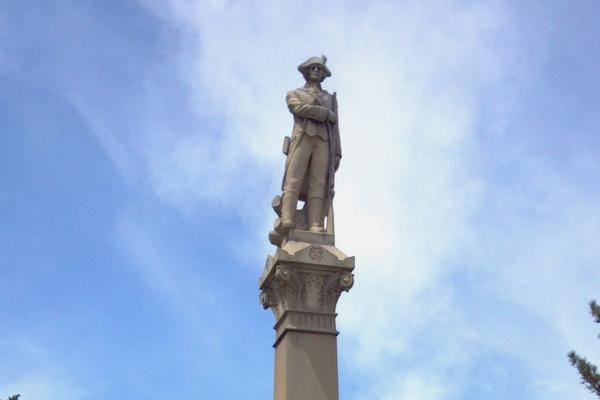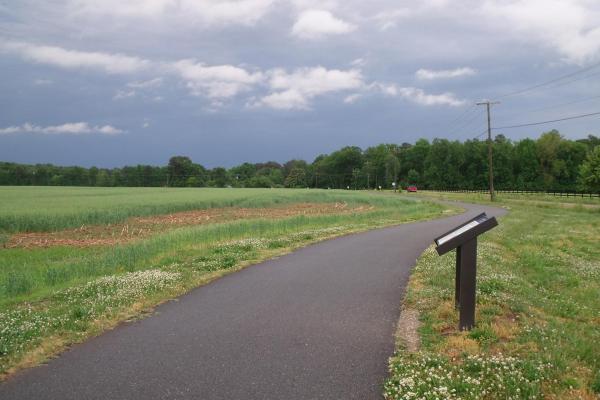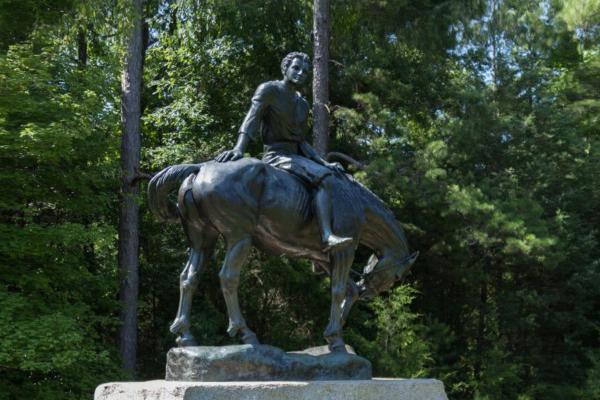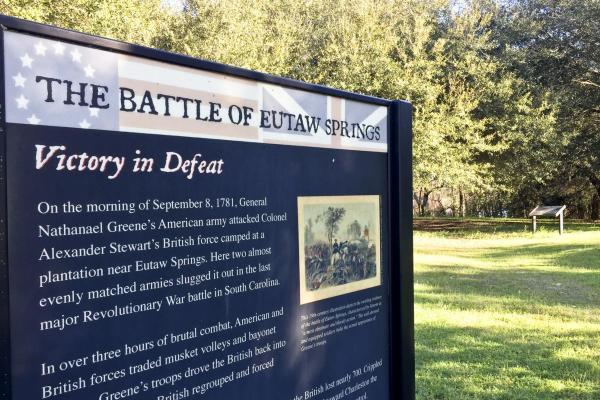John Laurens, a Revolutionary War hero and close friend of Alexander Hamilton, was a strong opponent of slavery despite his father being a wealthy slave trader. He proposed enlisting enslaved people into the Continental Army and freeing them after the war. Laurens was killed at the Battle of Tar Bluff in 1782 at just 27 years old. Recent excavations at the site uncovered relics from the battle, including a slave tag from 1836, highlighting the ongoing struggle against slavery. Laurens would likely have supported later efforts like Harriet Tubman’s 1863 Combahee Ferry Raid, which freed over 700 slaves.
Kate Egner recounts a recent shoot at Moores Creek Bridge, North Carolina, where on February 27, 1776, Scottish Highlander Loyalists charged patriot militia in the war’s first North Carolina battle—and last recorded Highland charge. In just 30 minutes, patriots halted the attack with musket and cannon fire, paving the way for the Halifax Resolves, the first official call for colonial independence. The American Battlefield Trust, Parks Channel, and National Park Service are using AI art, historical sources, and on-site storytelling to recreate the battle and its characters, inspiring visitors to explore The Liberty Trail.
Uncovering History
We invite you to visit the preserved locations along the Liberty Trail and to immerse
yourself in the extraordinary events that determined the fate of a nation.

